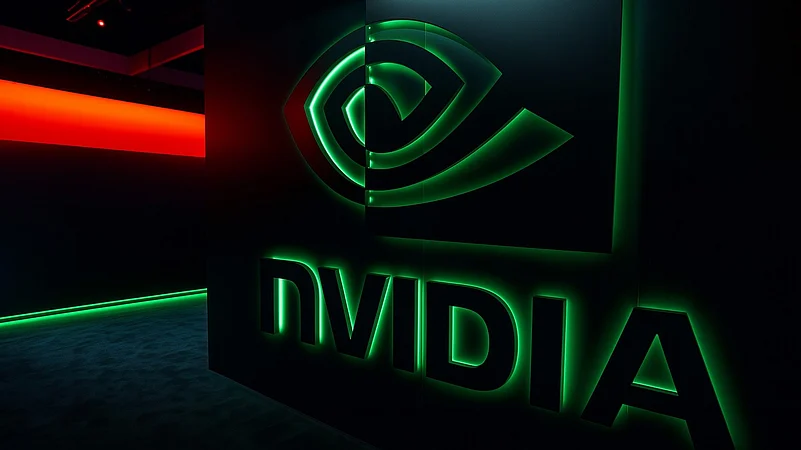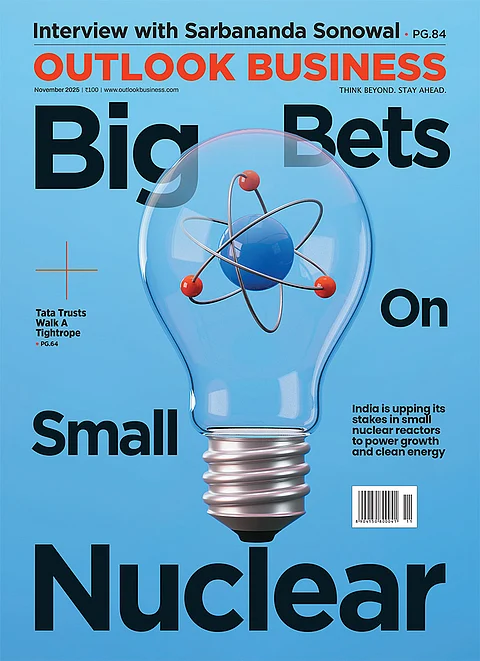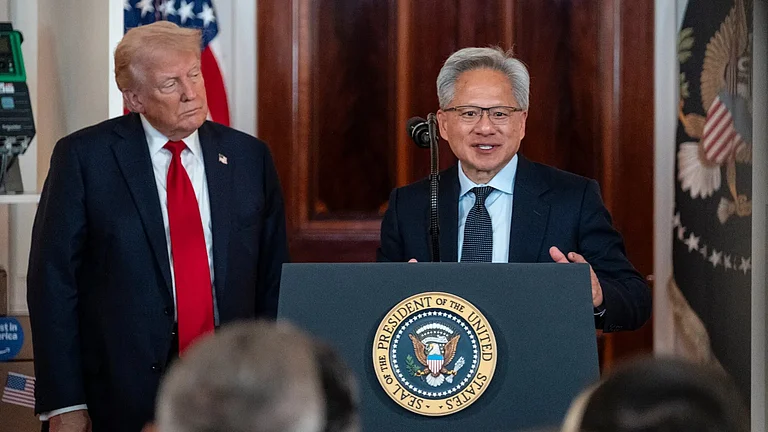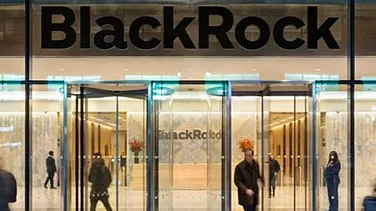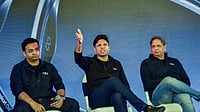
Nvidia launches Jetson AGX Thor, a new robotics chip for humanoid robots.
Robotics revenue contribution is still small, but division sales jumped 72% last quarter.
With a $4.3-trln market value, Nvidia’s August 27 earnings will test if AI-fuelled growth can last.
Nvidia, the $4.3 trillion tech giant at the centre of the artificial intelligence boom, is now making a big push into robotics. On Monday, it launched the Jetson AGX Thor, a chip it touted as a ‘robot brain,’ priced at $3,499 as a developer kit. The first kits will ship next month.
The new chip is built on Nvidia’s Blackwell architecture and is said to be 7.5 times faster than its predecessor. With 128GB of memory, it can run advanced AI models, including large language and visual systems needed for humanoid robots to understand their surroundings. For companies moving from prototypes to production, Nvidia will sell Thor T5000 modules at $2,999 each for bulk orders of more than 1,000 units.
“Robotics is the biggest growth opportunity for us outside AI,” said chief executive Jensen Huang. “We don’t build robots or cars, but we enable the industry with our computers and software,” Deepu Talla, Nvidia’s vice-president for robotics and edge AI added.
Firms such as Amazon, Meta, Boston Dynamics and Agility Robotics already use Nvidia’s Jetson chips. Robotics is still a small business for the company, making just about 1% of total revenue but sales in its combined automotive and robotics unit rose 72% last quarter to $567 million.
The launch comes as Nvidia’s stock market valuation continues to soar. Its value has more than doubled in 16 months and recently crossed $4 trillion, making it bigger than the UK, China or Canada’s stock markets. Analysts at Cantor Fitzgerald believe it could soon be worth more than the entire Indian equity market if shares hit their new $240 price target.
Nvidia will report quarterly results on August 27, with Wall Street expecting revenue to jump 54% to more than $46 billion, as per estimates by Bloomberg. Investors will be looking for signs that demand for AI and now robotics can keep driving the rally.






